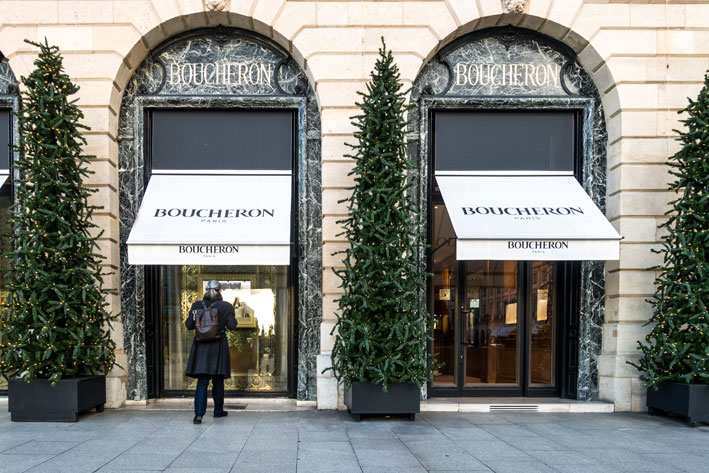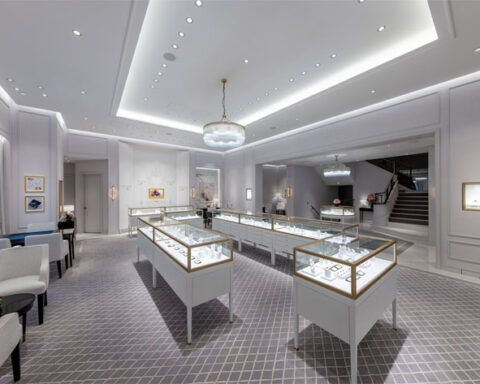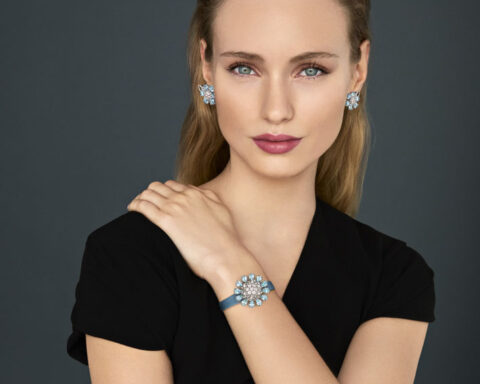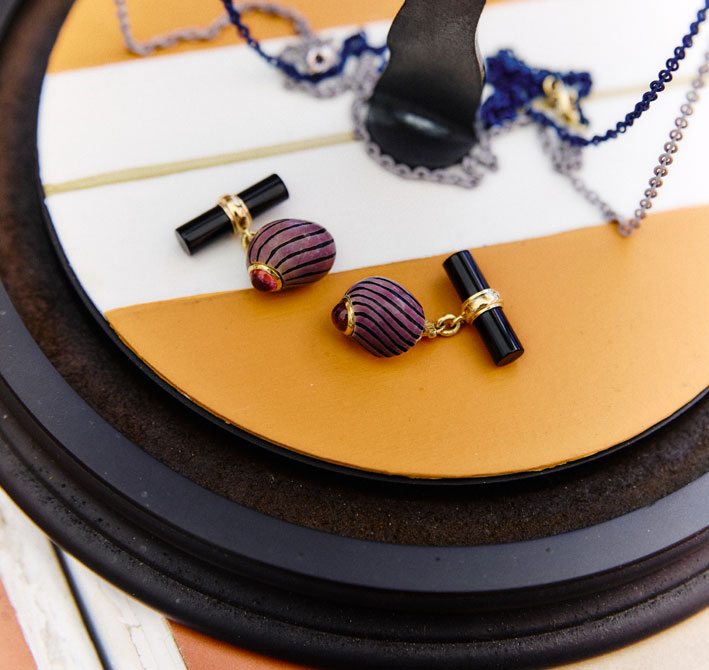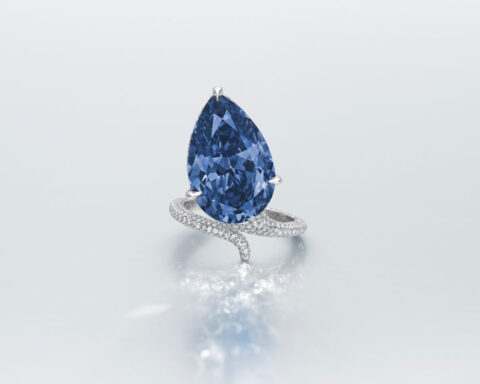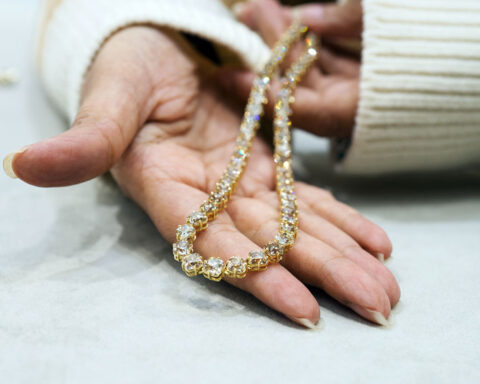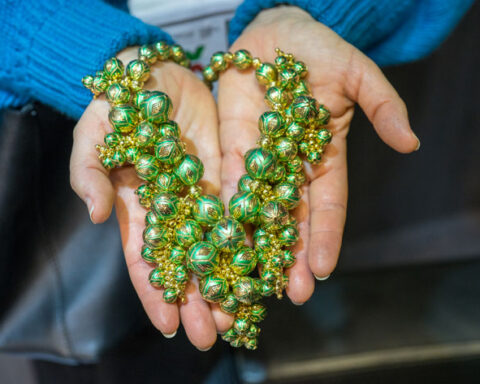Place Vendôme, one of the most famous places in Paris and also one of the myths of jewelry. It is a privileged observation point for understanding trends, including marketing ones, for an object as sophisticated and privileged as high jewellery, the result of the combination of passion, manual ability and artistic sensitivity. In short, Place Vendôme is the virtual capital of jewellery, overlooked by the windows of jewelers with sometimes a century-old tradition behind them such as Boucheron, Van Cleef & Arpels, Piaget or Cartier.
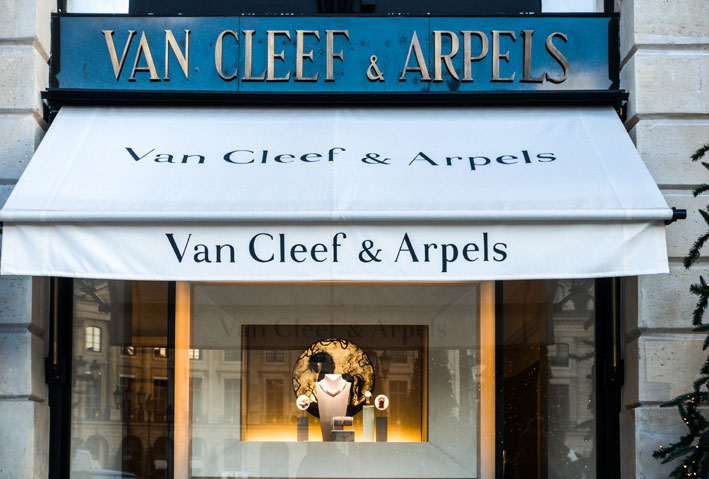
Secrets of jewelers
The topographical proximity of brands makes the competition more intense to attract customers willing to spend thousands, and sometimes millions of euros, on their creations. This is why the first challenge for jewelers is to make the purchase an extraordinary experience. Jewelery must please, represent luxury, but also tell a story. Customers increasingly want to know where, how and how they were designed and made. For some years now, the origin of the materials has also mattered: gold and diamonds must show off an impeccable pedigree, come from certified mines, where workers are not (excessively) exploited.
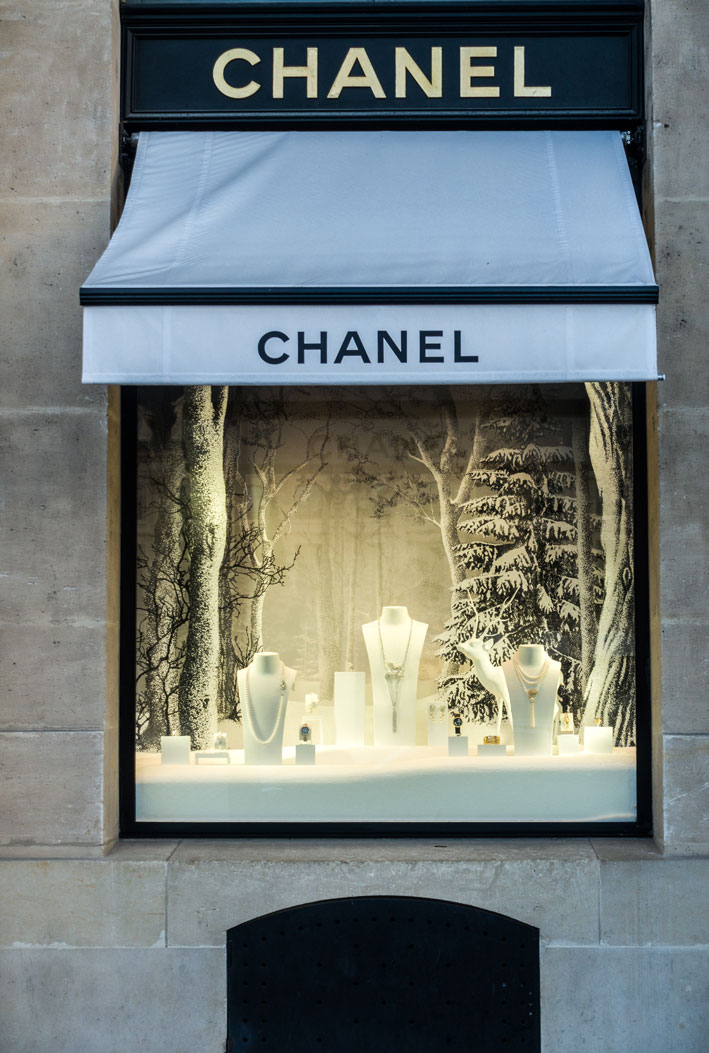
In any case, there is a piece of jewelry history in Place Vendôme. There are many large Maisons that are over a century old and that preserve precious archives with drawings, orders from wealthy and/or noble clients, ancient jewels, as evidenced by the Chaumet museum, where the work of the artistic director is also stored, Claire Dévé-Rakoff. And a stone’s throw from the square, in Rue Cambon, is the apartment where Mademoiselle Chanel lived, with camellias, lions and the designer’s lucky number, 5: the apartment is not open to the public, but can become a place to show high jewelry to the most selected customers.
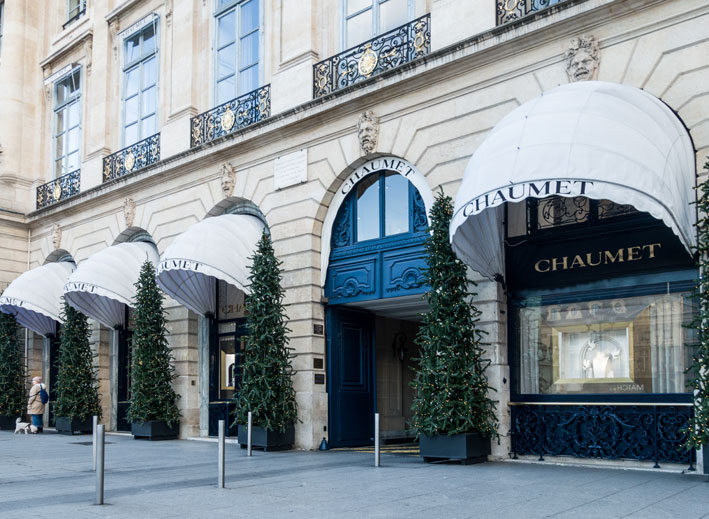
The narrative of a jewel is a magnificent confection. But, of course, it is the value of the object that is in the foreground. For some years, for example, precious or semi-precious stones, with their colours, have been highly sought after, alongside classic diamonds. This is why selecting the gems to be set on the great jewels of Place Vendôme is essential. And the work of those who travel the world in search of extraordinary gems is the key to the success of Maisons like Bulgari, where Lucia Silvestri has successfully held this role for years. Or Thierry Robert, who holds the same role for Boucheron: making an assortment of stones available to the artistic directors by size or color, evaluating their inclusions, shades and strengths means enhancing the gem. Van Cleef & Arpels had the idea of bringing together all his experiences in his school, which opened in 2012. The school allows you to attend technical or history lessons held by historians and experts. In this way customers become specialists who not only purchase a design or a sign of wealth, but also become aware of the work that goes into a piece of fine jewelry and understand its price. last but not least, they are willing to wait a few months for the object of their desire without grumbling. It is an idea from Nicolas Bos, who has just moved from the top of the Maison to the role of CEO of Richemont, the company that also controls brands such as Cartier, Buccellati, Vhernier.
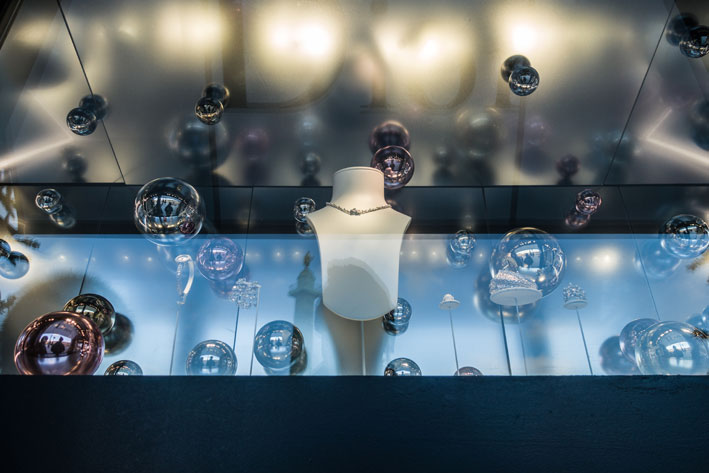
The war between shop windows
There are those who enter a boutique already knowing what they want to buy. But a large part of customers linger in front of the shop windows and, sometimes, are fascinated by this or that jewel. It is one more reason that pushes those who take care of the design of the exhibited objects into competition, which cannot be put on display randomly in Place Vendôme. The care is extreme. The shop windows look like theatrical performances where the storytelling of the jewel or the Maison begins. In the past, for example, the windows of Annie Beaumel and Leila Menchari for Hermès were legendary. But even today the (armored) glass surface is a window onto dreams that every brand tries to best interpret with a work of imagination, whim, fantasy and colours. But it is not easy. The showcase is large, the jewels are small: there is a risk that they will disappear if the display is too lively. Soline d’Aboville, founder of the Manymany studio, which has designed shop windows for Boucheron and Chanel, for example, claims that attention must be captured from afar, but then it is the jewels that must be put in the foreground. Without forgetting the recognition codes, such as the color red and the panther for Cartier, the lion, black and white and the camellia for Chanel.
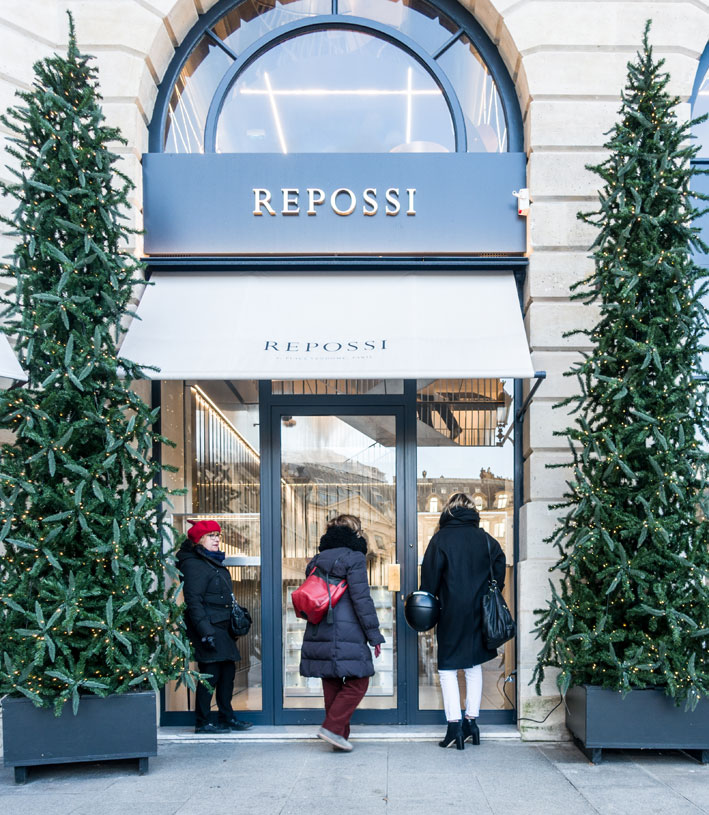
Christel Sadde, furniture designer, some time ago created an unusual and charming ensemble for Chaumet, with openwork gold medals. Mathilde Nivet’s virtuosic skill with paper, an extremely popular material for jewellery, was also used. Fred, Mellerio, Bulgari, Chaumet: many have turned to her work for her ability to sculpt, fold and transform paper into feathers, flowers, castles.
The Maison’s logo is equally important. For Louis Vuitton, the lucky four-leaf clover, the hot air balloon or, more recently, the letter V are the elements that characterize the brand. At Van Cleef & Arpels, however, he loves fairy tales, such as The Travels of Jules Verne, Donkey Skin and the world of ballet, among lights, colors and optical illusions.

The secret chest
The large Maisons on Place Vendôme, but the discussion can also be extended to those that do not overlook the large bronze column located in the centre, have another marketing weapon: the packaging, which is part of the art of gifting . Although a box with a jewel inside has a homeopathic value compared to that of its contents, the packaging is also part of the pleasure of purchasing a jewel. It must match the ring or necklace and be immediately associated with the brand. Like the classic and unmistakable Tiffany cases, with a green-blue shade that has a name: it’s called 1837 Blue, according to Pantone. Cartier, on the other hand, focuses on the red color with a gold lace frieze. The jewels of the Maison Vuitton, however, are enclosed in containers with the famous Monogram and are made in the house’s laboratories, in Asnieres.
Be careful: it’s true that a jewelry container has far less value than the ring or necklace it contains. But there are also cases made of poplar wood and lined in leather that can cost thousands of euros. And Solange Azagury-Partridge, a British designer who was the artistic director of Boucheron, had created a box with an interior lined with dark mink. They’re not the majority, of course. For this reason, most of the small leather and velvet-lined caskets now cost much less, even if they continue to represent the first thing that someone who receives a jewel as a gift sees and touches. In short, they remain very important because they represent the Maison.
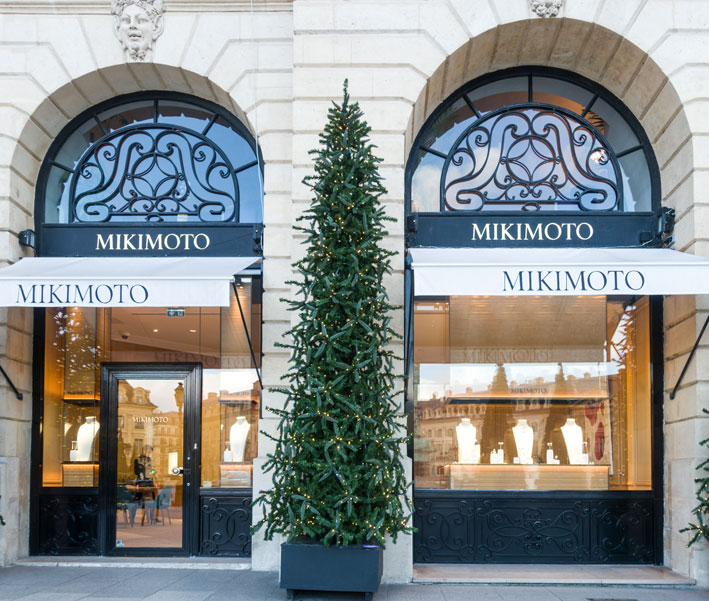
Be careful: it’s true that a jewelry container has far less value than the ring or necklace it contains. But there are also cases made of poplar wood and lined in leather that can cost thousands of euros. And Solange Azagury-Partridge, a British designer who was the artistic director of Boucheron, had created a box with an interior lined with dark mink. They’re not the majority, of course. For this reason, most of the small leather and velvet-lined caskets now cost much less, even if they continue to represent the first thing that someone who receives a jewel as a gift sees and touches. In short, they remain very important because they represent the Maison. Furthermore, they are a guarantee in case you want to sell the jewel at a later time. Finally, the small chests can hide a pendant or love messages, perhaps a gift as welcome (almost) as the jewel.

